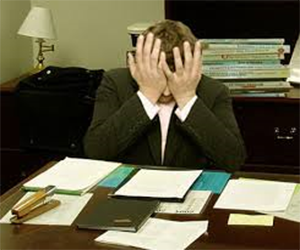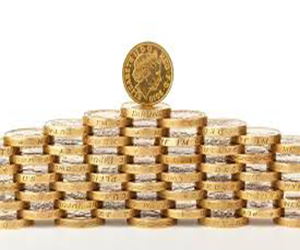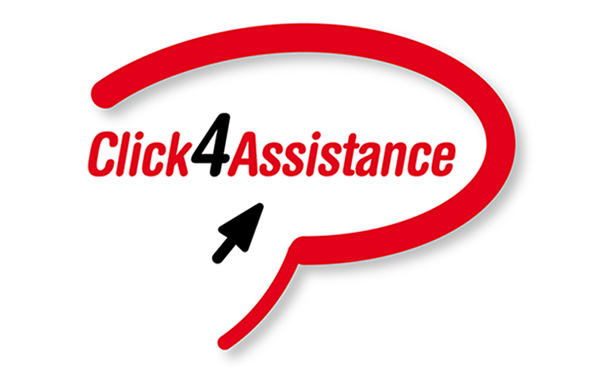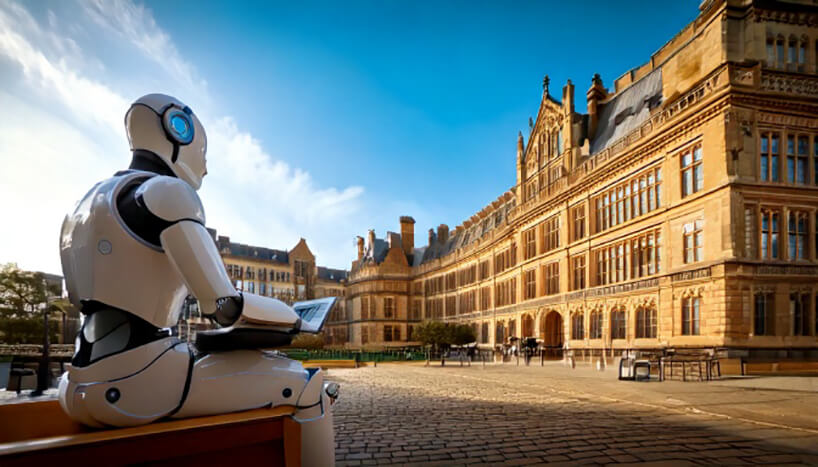Reduce Bounce Rate with Customer Engagement using Website Chat Software

Despite SEO/SEM being recognised as a legitimate field to become an expert in, there is still a lot of mystery surrounding its practices. Theories on how to best approach backlinks, keyword ratios and PR can create a genuine headache for SEO professionals chasing that elusive number one spot on Google. By comparison, bounce rate is one of the easiest website metrics to understand and explain. Put simply, the bounce rate is the percentage of website visitors who navigate away from the site after viewing only one page. For a value with such a simple explanation, the bounce rate is still a deeply misunderstood metric...
Bounce Rate: The Iceberg Metric
A high bounce rate is bad – this is possible the single biggest misconception in the SEO industry. Although it poses as a simple enough metric, bounce rate is an ‘iceberg value’ with two third of its true meaning hidden away. Bounces do point towards a degree of visitor abandonment, but as a live chat software and analytics provider we took a closer look at the multi-layered truth behind the four most popular bounces that Google sees.
Back Button
A website visitor selecting the ‘back’ button is usually a sure-fire sign that there is a serious problem with the landing page. But there are exceptions, such as visitors navigating to the site or hitting the backspace key by accident. Accidentally hitting back may also be more common on mobile devices. In the best case scenario, visitors may search for, and find, the details they need on the landing page (such as contact details).
Browser, Window or Tab Close
This is a less clear-cut action. The visitor may be forced to shut down their browser if a website on another tab is causing it to freeze or their operating system is struggling with too many open programs. The visitor might also have been browsing out of idleness in a spare 5 minutes and then closed their browser to meet immediate, real world commitments (outside the website’s scope of control). Food for thought: If the landing page is content rich then it can actually cause a higher bounce rate among visitors in a hurry, but this level of interest means there is a much higher chance of the visitor returning.
New URL Entry
As modern browsers and search engines make it easier for users to find the exact website they need, less and less of them are typing their destination URL into the address bar. If bounce rate shows a high proportion of manual URL entries, there is a good chance that visitors are landing on the website by accident and then editing some of the URL to reach their intended destination. On the other hand, depending on the Google Analytics setup and browser, the visitor could be using their built-in URL autocomplete to help them navigate away from the website – only for the bounce to be registered as manual.
Inactivity
One of the most common culprits for artificially inflating bounce rate is session expiry. If a user visits your site and then gets distracted (common behaviour for internet-users!) the system will only hang on so long before timing them out. However, on some occasions the visitor may simply be engrossed in the content or comparing prices on other websites when the timeout occurs. This is the perfect example of how bounce rate can reveal problems with website design.
Bounce Rate: The Chat Factor
It’s important to point out that the above 4 reasons are not exclusive causes for a high bounce rate, but they are the most common. The tricky bit is understanding and fixing all the scenarios where visitor abandonment could have been prevented.
Clear navigation, calls to action, responsive design, avoiding third-party widgets and introducing customer support software can address most of these issues. Integrating analytics technology is even more useful; letting you see visitor flow and identify virtual cul-de-sacs where they get frustrated and could benefit from some assistance. Companies that rely on their website as their primary interface with customers are limited to choosing between email, VoIP (Voice-over-IP), website chat software and direct line. Out of these options, website chat software is the only real-time method that allows operators to manage more than one customer at a time while keeping a full and easily reviewed audit. Introducing website chat software bundled with analytics functionality even gives companies the ability to analyse the performance of their website, operators and company as a whole – even providing insight on whether or not their bounce rates are natural or inflated.
As awareness of website chat software grows, C4A has seen more and more organisations turn to our tool as a support and sales solution to boost customer retention. According to studies by Harvard Business School, by increasing customer retention rates by 5% the earning potential of businesses can be increased by 25% to 95%. Likewise, Econsultancy reports that UK e-commerce/e-business companies are losing the equivalent of 24% of their online revenues due to poor online customer experience. Innovate your organisation today by starting our free 14 day trial (no payment details required) and see how many enquiries you can convert.
























